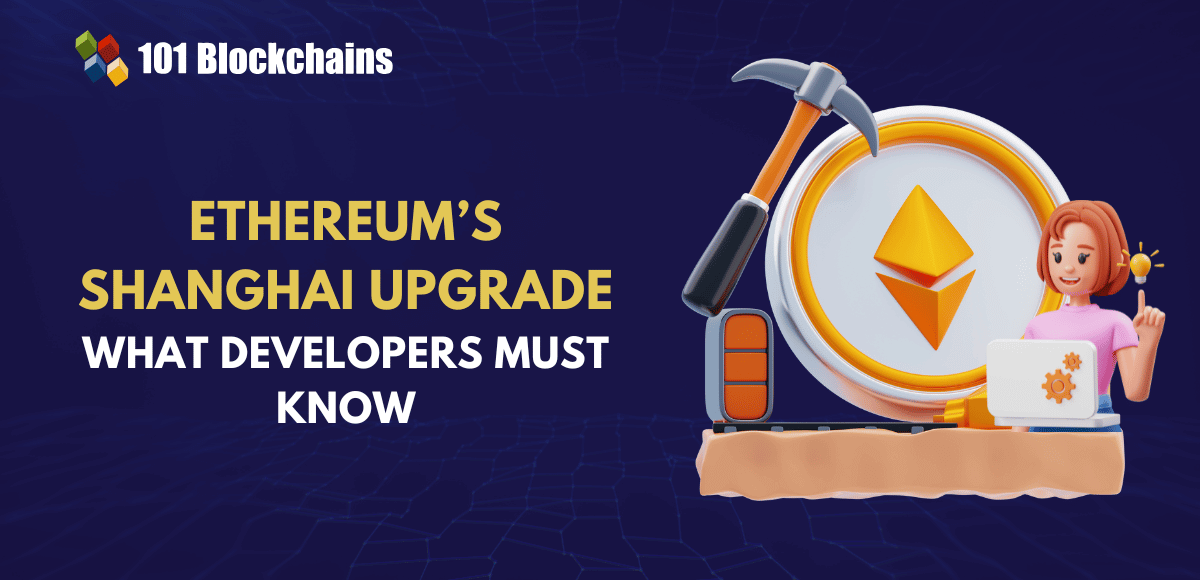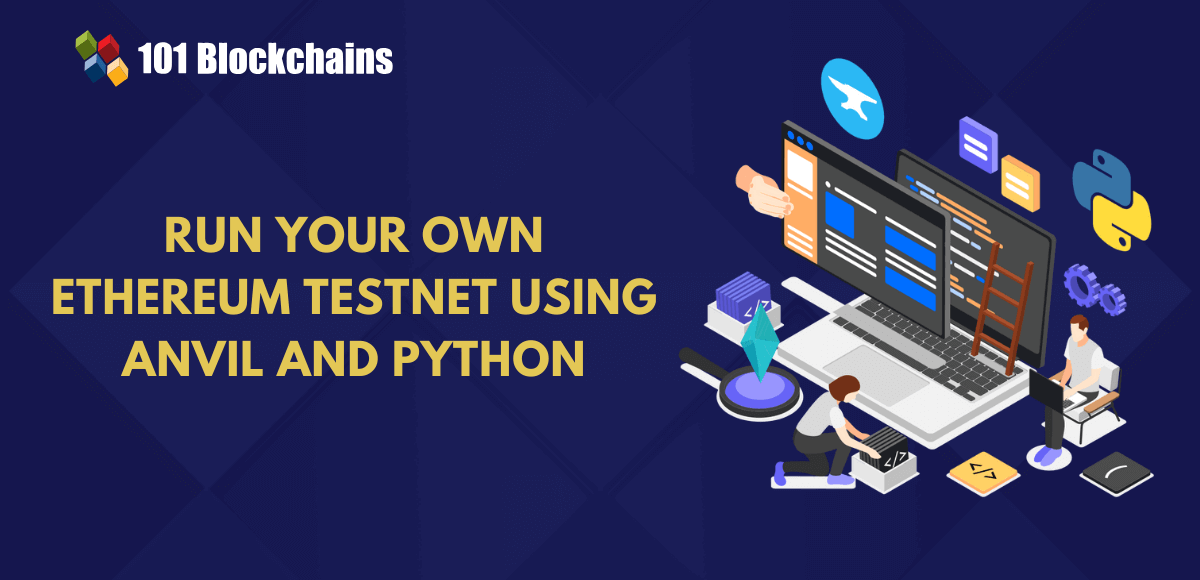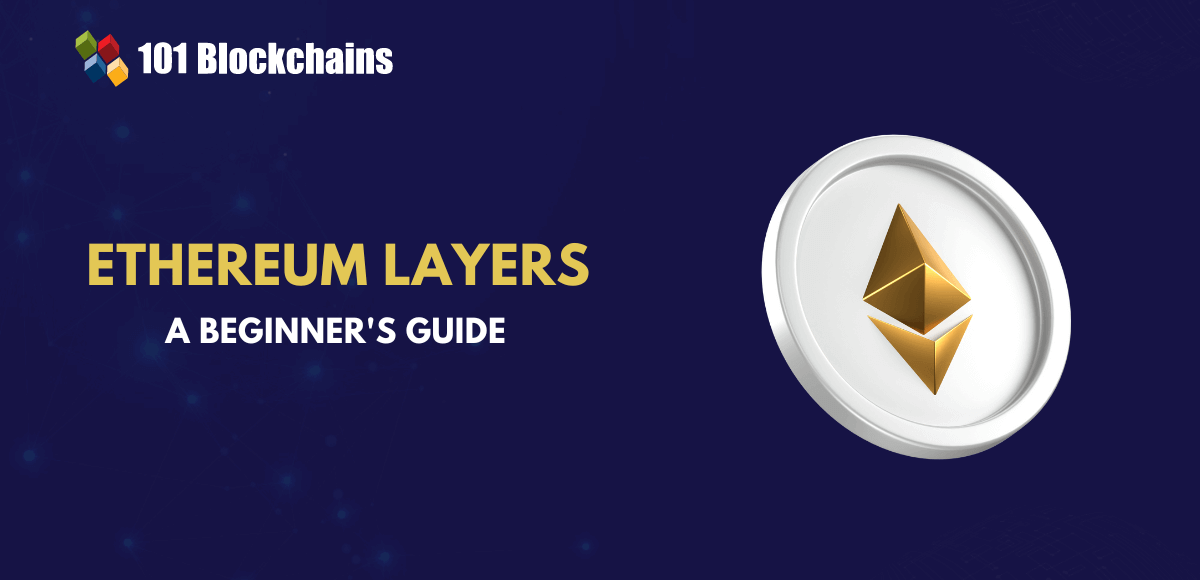Learn how blockchain truly works, master key definitions, and uncover what makes smart contracts so "smart." Dive into the fundamentals, gain valuable insights, and start your blockchain journey today!

- Ethereum
Aviv Lichtigstein
- on May 27, 2018
Is Ethereum based ICOs coming to an end?
ICO an acronym for initial coin offering is a way through which companies raise money. Potential customers of companies buy tokens which they can later use to purchase goods and services when the company opens.
When a customer buys the coins, he is issued with a token. Initially, these tokens were designed and given through ethereum blockchain. However, as we see new developments in this field, the trend of using ethereum blockchain is may come to an end.
Excited to build your skill in Ethereum development by leveraging the ethers.js library? Enroll Now in Ethers.Js Blockchain Developer Course!
Smart contracts
The use of ethereum blockchain to offer tokens led to the invention of smart contracts. These are conditions which are unchangeable that govern transactions. When a transaction is written, it is done by the net.
For instance, if 2 people agree to bet on a football match, that bet will be verified using the smart contract. The condition requires that both give an equal amount of money to the smart contract. On the match day, depending on the outcome the total amount will be paid to the winner.
The contract is a program which is done on another person’s computer. It is, therefore, necessary that the developer is not able to manipulate either the third party’s computer or web. This problem was solved by the introduction of a native program called solidity.
New Developments
Recently, new research has led to the new developments. These developments allow developers to create decentralized apps. They allow all computations to occur in a decentralized version. In fact, the new developments enable blockchain to have better security than using the smart contracts.
New Programming Language
The writing of smart contracts is hindered by lack of a new programming language. The codes used today are almost similar to java codes. There are different kind of blockchains e.g. Tezos, Qtum and NEO.
Tezos blockchain uses the functional programming language. This language is new to most developers hence proving difficult. NEO blockchain uses Go, Python, Java and .Net languages. These are the programming languages that are used by most developers.
Qtum blockchain is developed using the UTXO format. This format is mostly used in Bitcoin. The advantage of using UTXO format is that it is lightweight when creating smart contracts. In addition to that, it does not have an account or balance. In place of a balance, all the unused transactions are tracked. The total number of transactions is considered as balance. Qtum blockchain, therefore, has very light smart contracts.
Native Identity
Under ethereum blockchain, the private key is personal but your identity is your public key. For each smart contract that you write, you get an identity. Unlike the ethereum blockchain, other blockchains like Qtum and NEO gives you a native identity which you can use on different blockchain apps.
The advantage of a native identity is that you do not need new identities for different apps. Having a native identity on blockchain can be made use of on any platform that uses blockchain. The use of native identity will eliminate the need for creating several identities for different apps.
Enroll Now: Ethereum Development Fundamentals Course
Consensus Method
The different blockchains available have one problem in common – high power consumption. This is due to the consensus protocol that is used by ethereum blockchain. Nowadays, the common consensus method used is the proof of work (PoW).
The problem with this method is its slowness and high cost. The solution to this technicality is to move from PoW to PoS. Other blockchains such as Tezos and Qtum uses PoS method. The advantage of PoS is its speed. NEO blockchain, on the same note, uses dBFT consensus method. This method is way faster and consumes less power.
So what do you think? Do we have a real competitor to ETH based ICOs? Share your thoughts in the comment.




